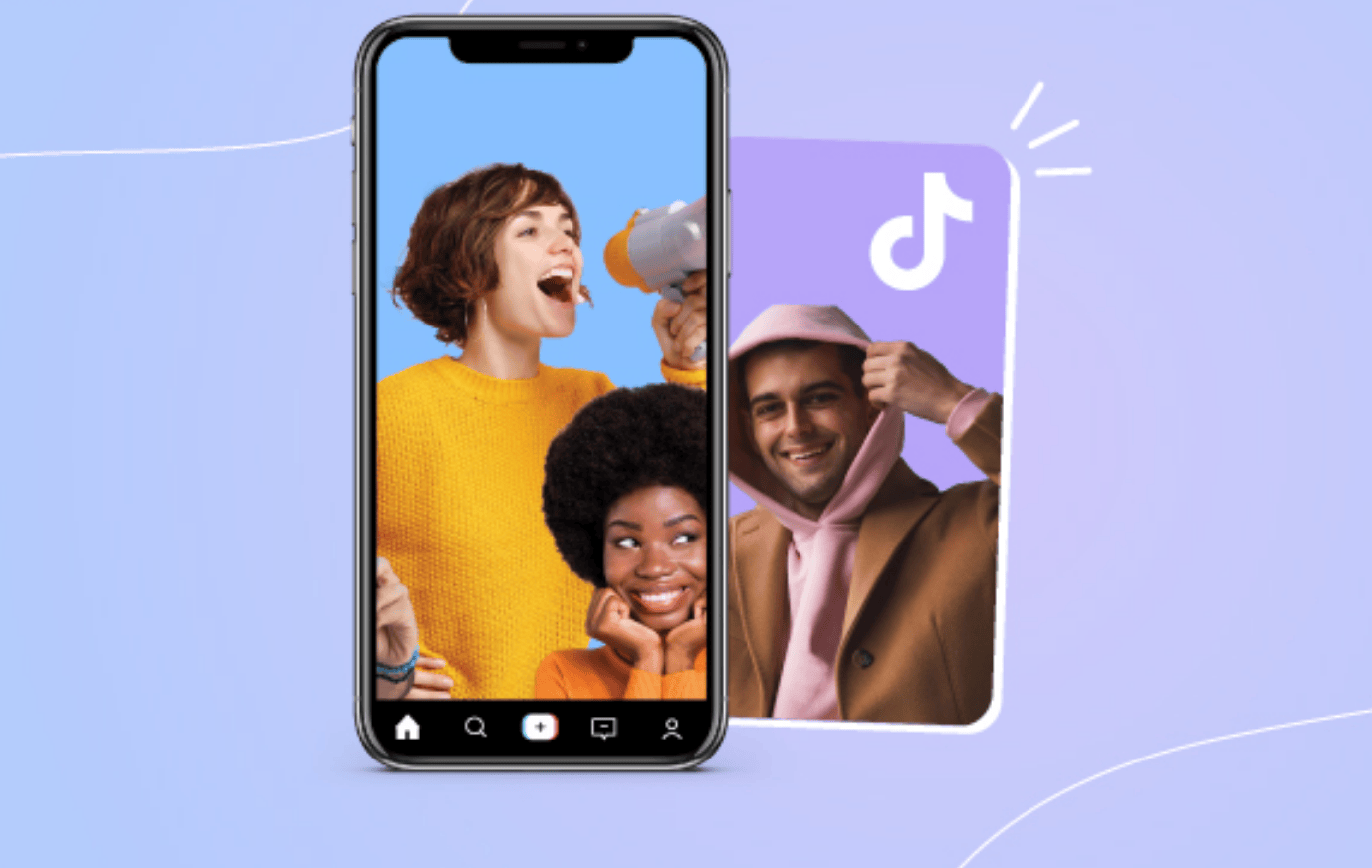Building a UGC Playbook for Small Brands: A Step-by-Step Guide
.png)
Small and emerging brands don’t have the luxury of massive budgets. Every dollar counts, and every piece of content must do real work. That’s why user-generated content (UGC) has become one of the most powerful growth tools for brands operating on limited resources. Done right, UGC allows small brands to punch far above their weight by tapping into authentic customer stories, building community, and driving sales without breaking the bank.
At Lemyi, we’ve seen small brands transform by embracing UGC strategically. Here’s how to build a playbook that’s realistic, scalable, and designed for measurable impact.
Why Small Brands Should Embrace UGC
For customers, peer recommendations always feel more credible than brand advertising. UGC capitalizes on this trust. It also solves multiple challenges small brands face:
- Authenticity at scale: Featuring real customers or micro-creators sharing genuine experiences builds trust and drives conversions.
- Cost efficiency: Producing professional studio content is expensive. UGC fills your social feeds, product pages, and email campaigns with brand-ready content at a fraction of the cost.
- Community building: When customers see their content featured, they feel valued. This sense of belonging turns casual buyers into advocates.
- SEO and discoverability: Every customer post expands your brand’s digital footprint. Campaign hashtags make these posts easy to find and aggregate, boosting search visibility.
Designing Your UGC Playbook
A good UGC strategy isn’t random. It’s built around clear objectives, consistent guidelines, and thoughtful execution. Here’s what to include:
- Define your purpose and audience. Decide whether you’re aiming for social proof, brand awareness, or customer feedback. Knowing your goal clarifies who you want to participate and what kind of content to encourage.
- Create guidelines and set legal frameworks. Provide simple instructions on tone, visuals, and messaging. Be transparent about how you’ll use participants’ content and clarify rights up front.
- Choose the right platforms and hashtags. Focus on the channels where your audience is most active. Develop a short, memorable hashtag that ties all contributions together.
- Engage micro-influencers. Partner with small creators who align with your brand. These collaborations don’t require large payments. Offering free products or modest fees can be enough to generate high-quality content.
- Provide prompts and incentives. Tell your customers exactly what kind of content you’re looking for and reward them with discounts, gifts, or features.
- Moderate and curate. Monitor tagged posts and campaign submissions. Share the best pieces widely and keep a library for reuse.
- Integrate UGC across the customer journey. Use top-of-funnel content in ads, testimonials mid-funnel in emails, and reviews at checkout. The more touchpoints, the stronger the impact.
- Measure and iterate. Track hashtag mentions, engagement rates, referral traffic, and conversions. Use unique promo codes or links to attribute sales and refine your approach over time.
Scaling Your UGC Efforts
Once your UGC program starts to gain traction, you’ll need to streamline and scale. Here’s how:
- Automate content collection and moderation using social listening tools or UGC platforms.
- Launch ambassador programs to nurture your most enthusiastic customers and turn them into consistent contributors.
- Repurpose UGC across multiple channels: social, website, product packaging, email, and even in-store displays.
- Run creative contests or challenges that generate a flood of submissions in a short time.
- Analyze ROI. Don’t just track engagement. Measure how UGC lowers your customer acquisition cost and increases lifetime value.
At Lemyi, we make this process easier. Small brands can post structured jobs to commission UGC directly from skilled creators, while creators can join here to start applying for paid gigs. Our escrow-secured payment system, campaign briefs, and content usage rights management remove the guesswork and help small brands get professional-quality content fast.
Small brands don’t have to settle for less reach or weaker creative. With a well-built UGC playbook, they can compete with bigger players, stretch budgets further, and build stronger customer relationships.
If you’re ready to make UGC part of your growth strategy, start today. Brands can sign up on Lemyi to post jobs and access top creators, and creators can begin earning by joining Lemyi.
Recent Post

12
Sep
How TikTok UGC Turns Browsers into Buyers in Southeast Asia
Learn how TikTok UGC is powering e-commerce growth in Southeast Asia. Discover why authentic creator content boosts trust and conversions, and how brands can scale campaigns with Lemyi.
.png)
28
Jul
AI vs Human UGC: What’s Best for Brands in 2025?
Explore AI vs human UGC in 2025. Learn why authentic human content outperforms synthetic content, how AI can support creators, and how Lemyi helps brands get the balance right.
